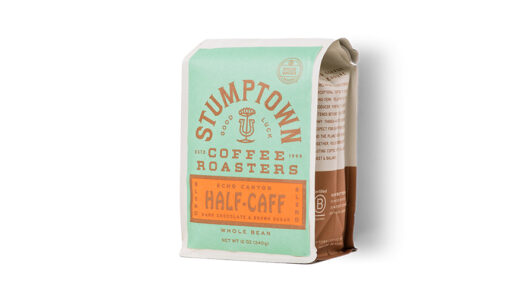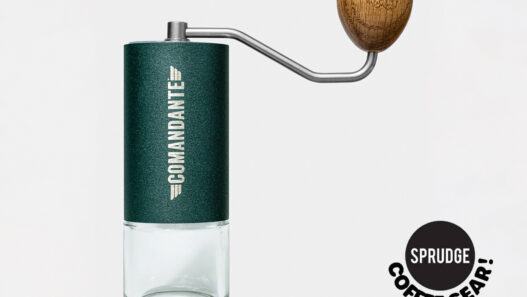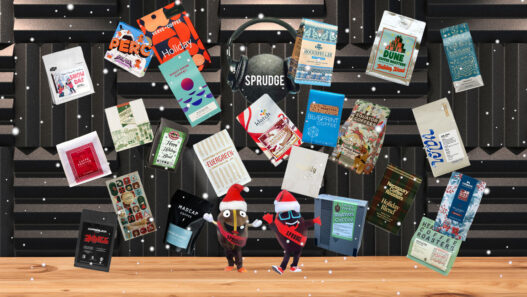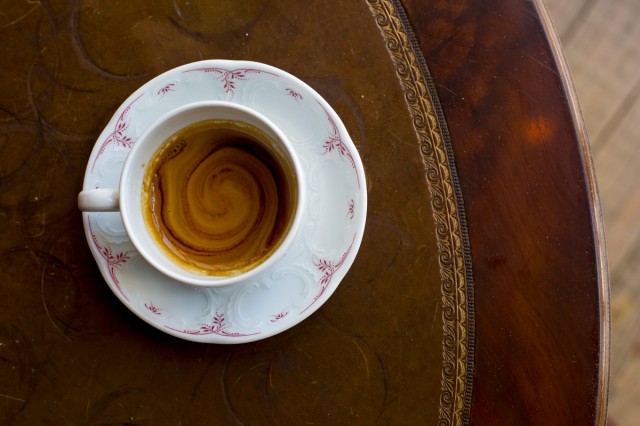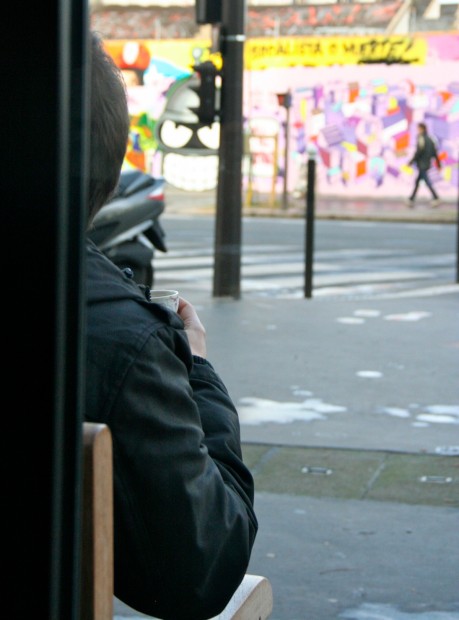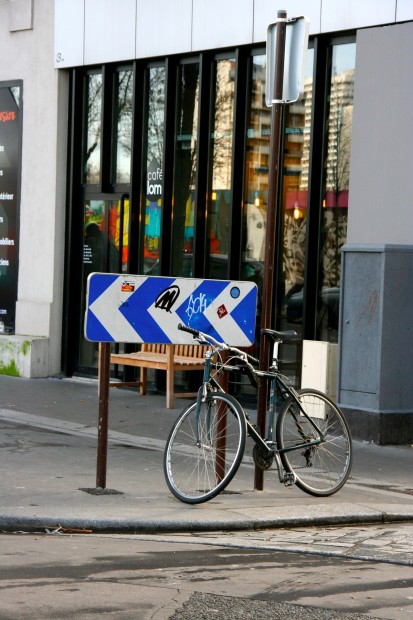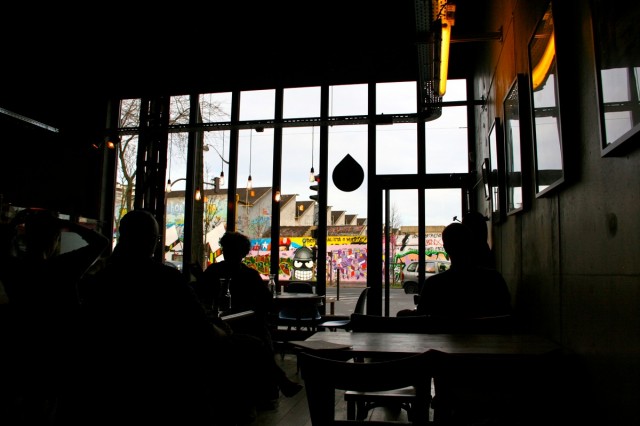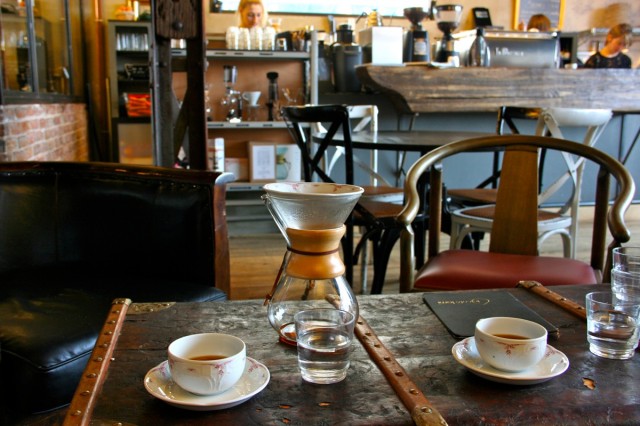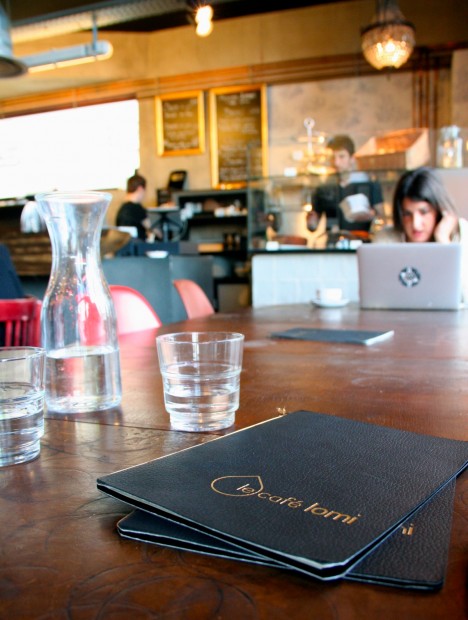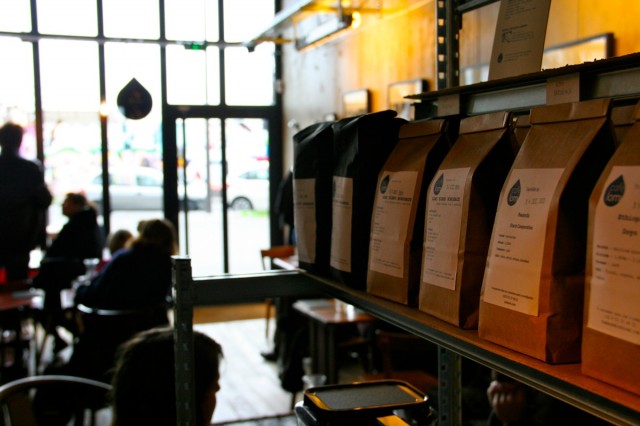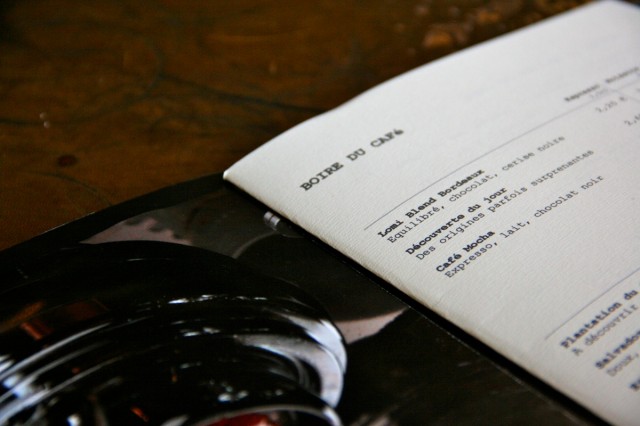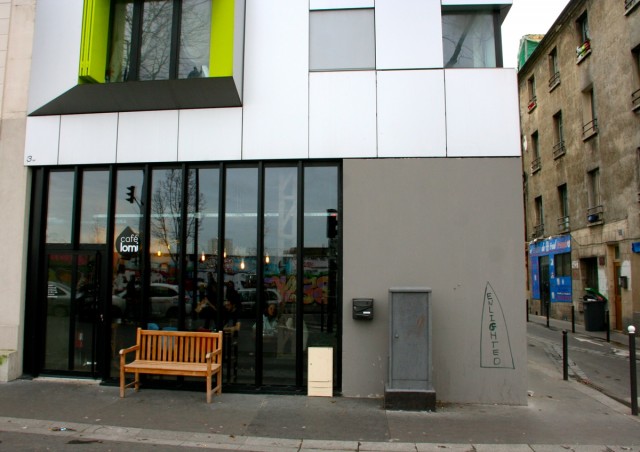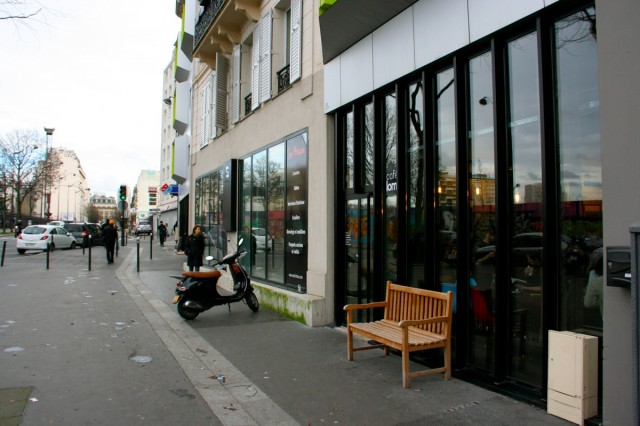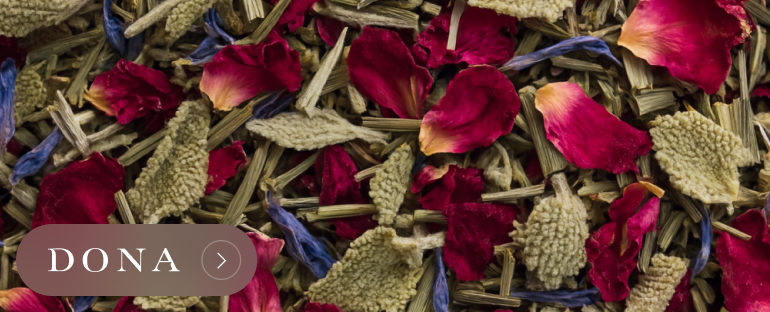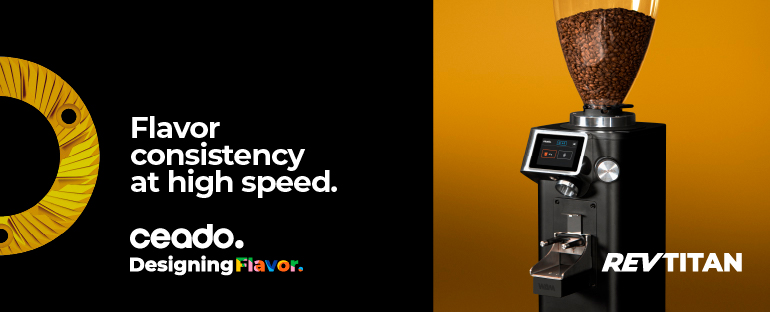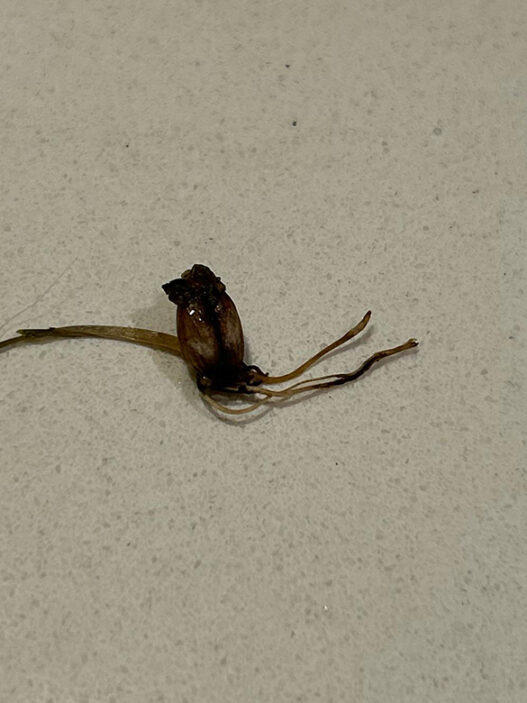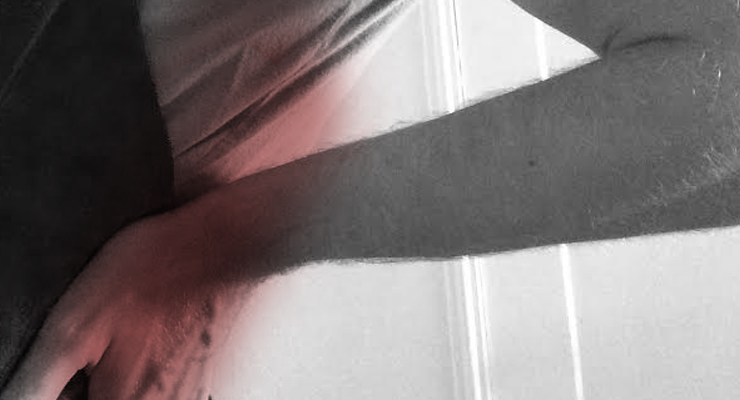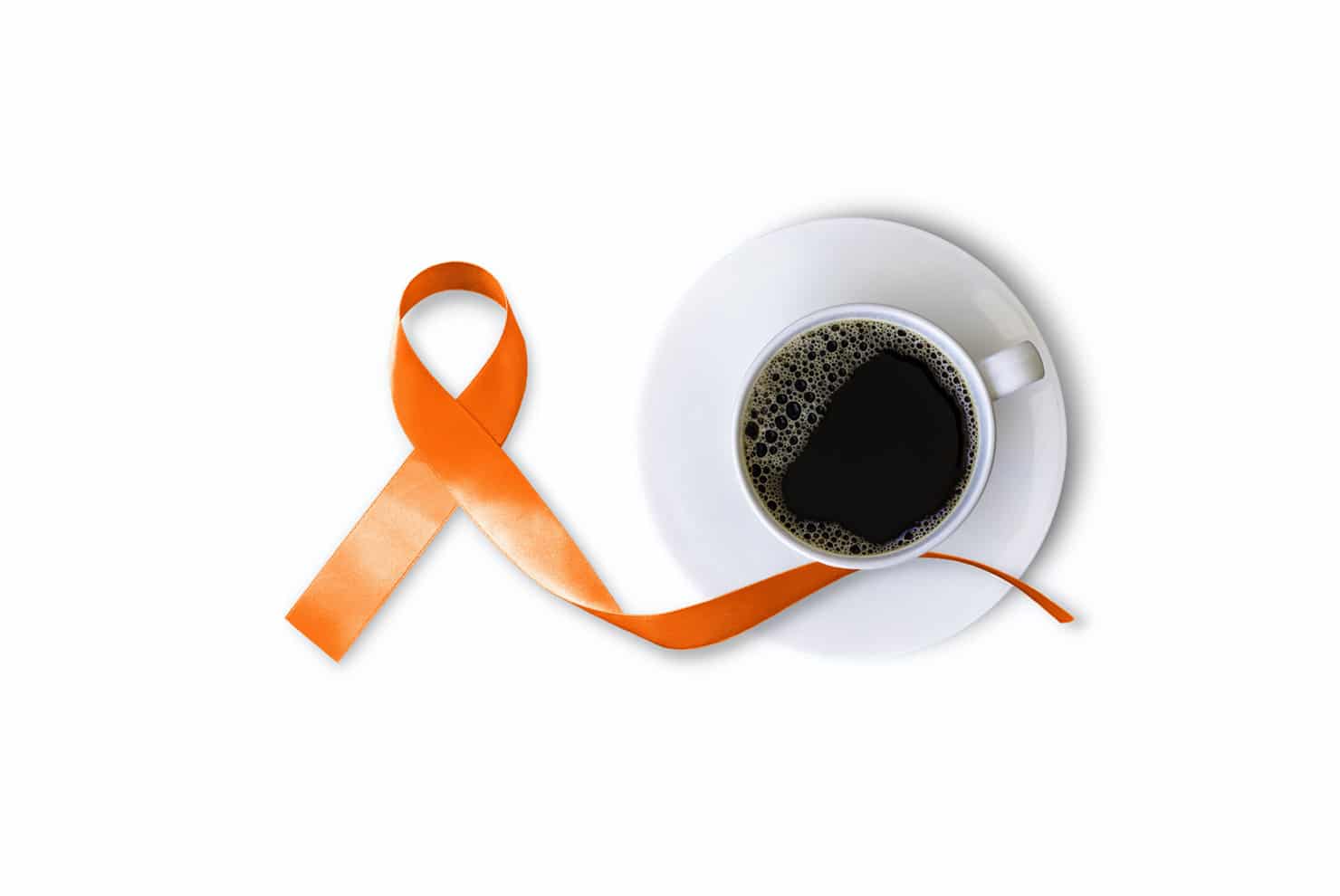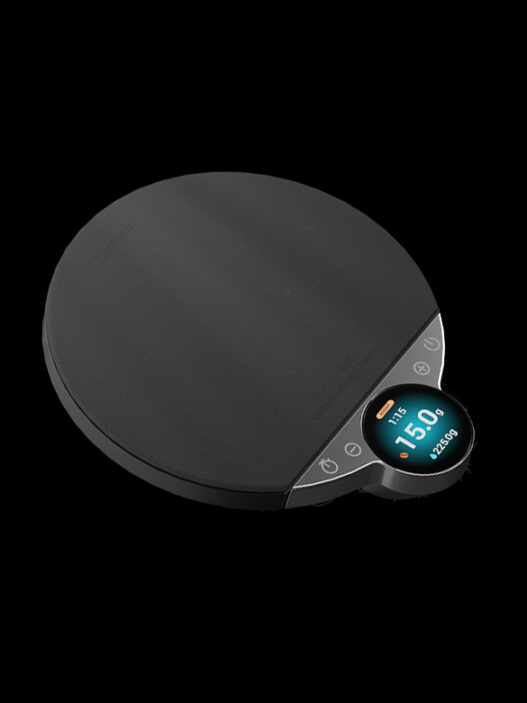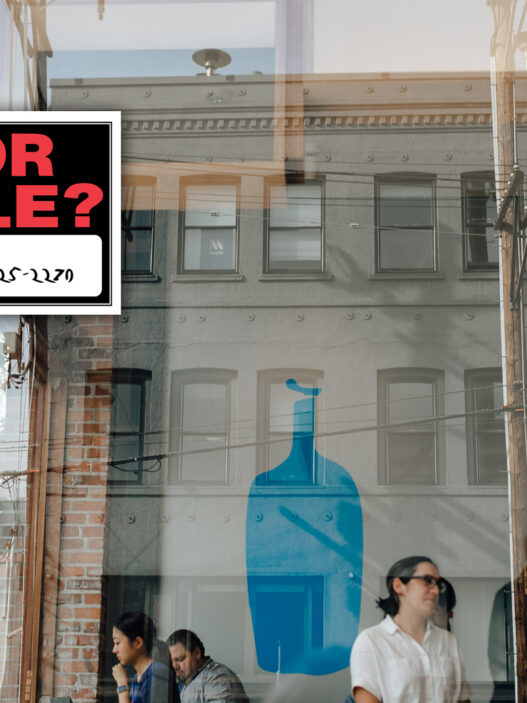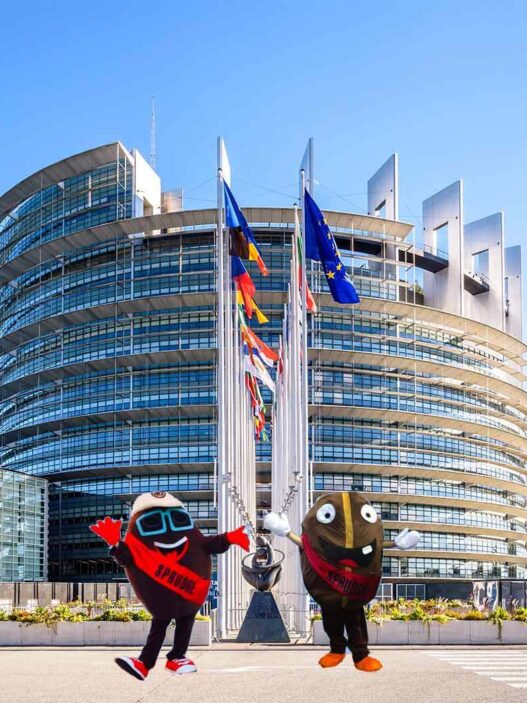France is known for mediocre coffee. That’s changing, with a plethora of new Parisian cafes bringing speciality coffee to the City of Light. But if you’re going to change the French palate you’ll have to start with something that they can relate to, and what better way than wine?
There’s Montmartre and then there’s the 18th arrondissement. The mention of Montmartre conjures up many iconic images, even to those that have never set foot in Paris, and while the south side of the neighborhood is crammed with tourists taking in the Moulin Rouge and pushing themselves to walk up the steps of Sacre Coeur, go a few streets to the north and everything changes. On the backside of the hill you’re right back in local territory, with small quaint streets that are actually quaint and bars that real live Parisians frequent. The 18th arrondissement expands north and to the east. It’s a neighborhood that’s constantly evolving.
In this part of town, things are diverse, the streets peppered with African restaurants and small convenience stores where you’re just as likely to find plantains as baguettes. You can still snag a relatively inexpensive apartment, or at least inexpensive in the Parisian definition. Things are lively, and the neighborhood is known locally for its immigrant communities at Barbes and Goutte d’Or. African fabric prints fill one window and stacks of pastries fill the next. Walk a few blocks and you’ll overhear a polyglot of languages.
It’s here that you’ll find the roastery and coffee shop Café Lomi. In a town that is frequently judged – hell, scoffed at – for its lack of craft roasters, Café Lomi is a welcome gem with the coffee crowd. Nestled at the corner of a small square (Place Louis Baillot), the cafe’s tall windows overlook a wall of colorful graffiti that stretches along Rue Ordener, a visual representation of the attitude and spirit of the neighborhood.
Launched in 2010, Café Lomi started out in the wholesale business, roasting coffee and supplying restaurants around town. In late 2012 they added the coffee shop, a welcoming space that, with a few spacious tables in the front and comfortable vintage leather chairs in the back, attracts as many people in for an afternoon break of coffee and a piece of cake as it does the entrepreneurial crowd tapping away on their MacBooks.
The usual quality tools typically found around town at the handful of other craft coffee shops are on hand. A La Marzocco espresso machine for pulling shots; a wall lined with coffee accoutrement that makes the coffee nerd drool; a glass vacuum coffee maker here, a Bialetti, a Hario V60 Buono Kettle. You can even order Chemex if you’ve come with a friend that’s willing to share.
If you know anything about Paris, you know that it’s not acclaimed for its coffee culture, and what makes Café Lomi special isn’t just the fact that it serves good coffee, it’s the fact that it’s on a mission to educate people about coffee.
“Today the trend is acidic coffee,” says Cafe Lomi founder Aleaume Paturle, “but the French don’t like that.” With a history of importing from its colonies, and largely serving robusta beans, paired with the tendency towards supermarket coffee purchasing, Paturle points out that the French coffee palate is for a darker stronger brew. While cafes in Australia, England, the United States and especially Scandinavia might be serving lighter, fruitier roasts, that doesn’t always work with the French crowd. “For me, it shows a lack of personality to not adapt to the French,” says Paturle. “It’s up to us to adapt to the customer.”
That means that Café Lomi roasts on both angles of the coffee spectrum. You can get lighter more acidic tastes as well as the more well-rounded, full-bodied brews. But for a culture that for so long hasn’t embraced the nuances of coffee, there’s a learning curve in understanding beans, which is why Paturle has launched two particular blends that are seemingly very French: Lomi Blend Bourgogne and Lomi Blend Bordeaux.
Yes, that’s a wine reference, because if there’s anything the French know, it’s certainly wine.
“We really want people to understand that there are different flavors in the blends… and we gave them wine references,” says Paturle. “A Bordeaux wine is going to be a very round wine… a good Burgundy is going to be lighter and more acidic.” He made that same association to two blends, and Lomi Blend Bourgogne and Lomi Blend Burgundy. Nothing to do with the exact flavor of the wine, but simply a reference to the taste contrast between them.
The idea came to Paturle while he was out to dinner one night. His wife is from Mexico, all his dinner mates were Mexican, and he told me a story of choosing a bottle of Burgundy for the meal, certain that they would love it. They didn’t.
“I said to myself, ‘are they crazy’?” remembers Paturle. “Mais non, I said to myself, they’re just used to Bordeaux. It’s the same with coffee. The French love ‘Bordeaux’ but we want to sell them ‘Burgundy.’” To make the association between a bottle of wine and a certain type of coffee in this way allows the wine-savvy French person to better understand the coffee. It’s a reference that French culture knows well. After all, if you live in France and don’t know the essential differences between a Burgundy and a Bordeaux, you might want to consider moving. It would be like a Pacific Northwesterner confusing alder smoked salmon for lox, or a Kiwi mistaking a pie for something sweet and filled with berries. Unthinkable.
Not only do the two blends allow Cafe Lomi to offer coffees with two very different flavors, it also allows them to talk about the nuances in coffee in general. “[It] has been a good way to communicate about taste expectations for the two blends and also that like wine, coffee has a huge variety of different flavors to discover,” says Paul Arnephy, who heads up roasting and wholesale training at Lomi.
It would make sense that to expand the craft coffee market in France, you have to first and foremost get people to rethink how they look at coffee, and while the French may not be known for their coffee connaissance, when it comes to talking about taste and flavor, that’s a domain that the French understand well. “I think like every coffee culture in the world their are people who do not want to move from their expectations of a strong, fairly neutral coffee taste,” Mr. Arnephy explained. “The great thing about France is that people care about taste, so when something is good there is no denying it.”
And that French flavor influence isn’t just visible in the two blends. On the menu right now you’ll find a Café Fromage, a spoonful of creamy (and strong) Bleu d’Auvergne dipped into an espresso. Because if there is anything more quintessential to French culture than wine, it’s cheese.
As for the future of the French coffee revolution? We’ll leave that up the the French palate.
Anna Brones (@annabrones) is the founder of Foodie Underground and the author of The Culinary Cyclist, with a cookbook due out next year from Ten Speed Press. Read more Anna Brones on Sprudge.




